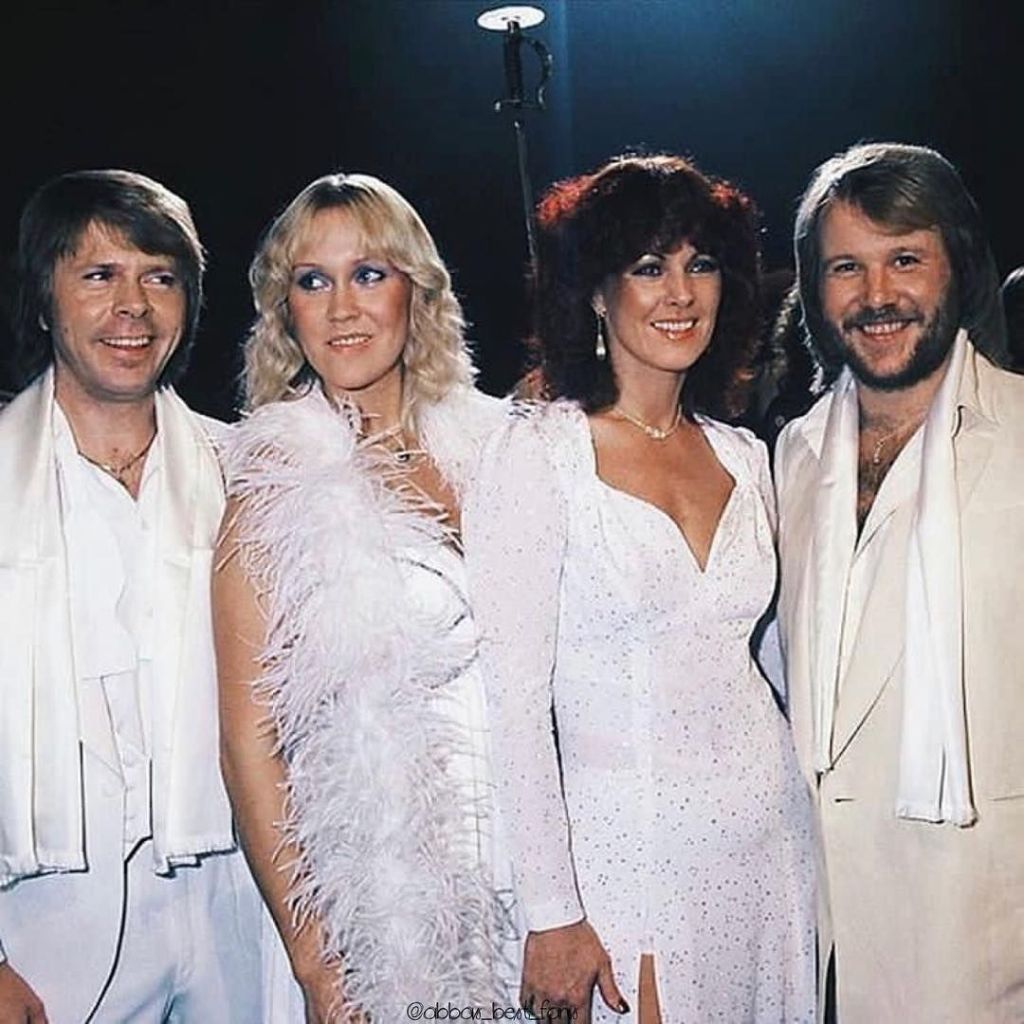April 21st marks the 8th anniversary of Prince’s death. One of the most talented musicians of his generation; and one of the most cheated when it comes to UK #1s. Just the one, in fact: 1994’s ‘The Most Beautiful Girl in the World’.
(We of course shouldn’t forget two very famous, and very good, songs written by Prince, that were chart-topping hits for Chaka Khan and Sinead O’Connor.)
So here are the Prince tunes that came closest: 8 records and 10 songs (thanks to two double-‘A’s) spread over quite a few decades… I’ll be the first to admit that I’m not as up on my Prince as I should be, so I’m not ranking them. We’ll just go by ascending chart position. Hopefully, I’ll learn something about the Purple One as we go…
‘Kiss’ (with the Revolution) – #6 in 1986
We start with the first Prince song I was ever aware of. And as an intro to the man, it ticks most of the right boxes… Outrageous funk, untamed horniness, a painfully high falsetto… check, check, check. But actually, the girl he’s looking for should be a blushing rose: no dirty talk, no flirting… You don’t have to watch ‘Dynasty’, To have an attitude… is the pick of the lines. Fun fact: the ‘ah-ah-ah’ effect is a compressed sample from Brenda Lee’s classic ‘Sweet Nothin’s’. A couple of years after the original, a remake by Art of Noise, fronted by Tom Jones, charted one place higher at #5. No comment…
‘Purple Rain’ (with the Revolution) – #6 in 2016
Title track from both an album and a movie, ‘Purple Rain’ is probably Prince’s signature tune. A gospel power-ballad, about the end of the world, it’s never really connected with me. I can respect it wholeheartedly; but I enjoy other Prince songs more. Originally written as a country song, and intended to be a duet with Stevie Nicks, ‘Purple Rain’ wouldn’t have made this list before Prince died, as it only made #8 originally. Upon his sudden death, this was understandably the song fans flocked to, making it re-chart and peak two places higher.
‘Controversy’ – reached #5 in 1993
Another song that peaked much later. Twelve years after it had failed to chart in the UK, ‘Controversy’ was re-released ahead of a Greatest Hits in 1993 and made #5. It’s tight and funky, with a disco beat, and lyrically lives up to its title. Am I black or white…? Prince asks… Am I straight or gay? In the seven-minute album version, he recites the Lord’s Prayer in full, presumably well aware that it would piss off a lot of people. Prince would spend the rest of his career playing up to similar controversy. For example, when I was at primary school, the one thing we all ‘knew’ about Prince was that he’d had two ribs removed in order to… how to put this… auto-fellate?
‘Sexy M.F.’ / ‘Strollin” (with the New Power Generation) – reached #4 in 1992
It took a while for the UK to catch up to Prince’s talents, but by the early nineties his singles were often charting higher in the UK than in the States. This coincided with what I see people now call Prince’s ‘gangsta period’. He raps most of this tune, classic lines like Can’t you see I’m harder than a man can get, I got wet dreams coming out of my ears… It’s a strangely uncommercial tune, all sharp horns and a monotonously funky beat, and that’s before we come to the x-rated title. So, in the UK it was twinned with ‘Strollin”, in the hope that radio would play that one. In the end, they just played an edit of ‘Sexy MF’ (You sexy mother-AOOW…!) ‘Strollin” is a much more jazzy, innocent number: Strollin’, strollin’, We can have fun just strollin’… and it can’t really compete with a sexy MF shakin their ass…
‘Gett Off’ (with the New Power Generation) – reached #4 in 1991
The crowning glory of Prince’s near-pornographic early nineties era. ‘Cream’, ‘Sexy MF’, and ‘Peach’ are all fun, but nothing matches the utter filth of ‘Gett Off’, from the ear-splitting shriek that kicks things off, through a tale of twenty-three positions in a one-night stand, to a brilliant flute-cum-guitar riff. Other highlights include a nod to that urban legend – Whatcha want to eat? “Ribs”, Ha, toy, I don’t serve ribs – and the crackly, funky James Brown tribute in the middle. If I were to rank these singles personally, then this one would be on top. Prince took himself seriously a lot of the time; but ‘Gett Off’ is a load of fun.
‘When Doves Cry’ – reached #4 in 1984
Early-nineties Prince might have been utter filth, but it’s not as if he was particularly pure and chaste before that… The video for ‘When Doves Cry’ caused consternation, setting up the controversy over the ‘Purple Rain’ album, and the introduction of ‘Parental Advisory’ stickers. The best single from the album, it was his breakthrough in the UK – only his second song to chart. It’s a deeply weird, deeply catchy song, that has no bass line.
‘Batdance’ – reached #2 in 1989
So, yep. Prince’s joint-second biggest hit in the UK is this. Recorded, quickly, for the soundtrack to the Michael Keaton ‘Batman’ reboot, ‘Batdance’ is a deeply, deeply strange song. If you can call it a song, which it isn’t in the traditional sense. There’s a lot going on: samples, audio from the movie, Prince’s raps, spoken asides, the classic Bat-maaaan… refrain all against a clanking, metallic beat… Then there’s a slow and funky middle-section that sounds like the needle has slipped on to a completely different song. Prince lovers may argue this an example of the scope of his talent, others might suggest it’s a classic example of over-egging the pudding. The guitar solo is wild, though.
‘1999’ / ‘Little Red Corvette’ – reached #2 in 1985
One of Prince’s more straight-forward pop moments, albeit one with a deeply cool synth-funk riff, and lyrics about dancing towards the apocalypse. ‘1999’ only made the Top 30 initially but made #2 when re-released in 1985. I wonder if ‘1999’ was ever Prince’s most popular hit, as it seems that the longer we get from the actual year in the title the more its fame is overshadowed by other Prince songs. It charted for a third time, making #10, in… 1999. For the ’85 re-release, it was paired with ‘Little Red Corvette’, which had been an even smaller hit originally. In it, Prince carries on the fine rock ‘n’ roll tradition of comparing beautiful women to cars (baby you’re much too fast…) It’s a fine song: a sort of smokey, disco-power ballad. Recorded in 1982, it’s the sound of the 1980s just starting to come into their own.
Aside from the music, there can be no doubt that Prince was one of, in not THE, ultimate rock star. Beautifully androgynous, deeply strange, myths and legends about him sprouting left, right and centre, and most importantly of all supremely talented. RIP.


























